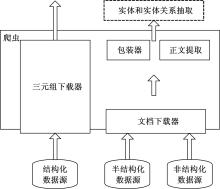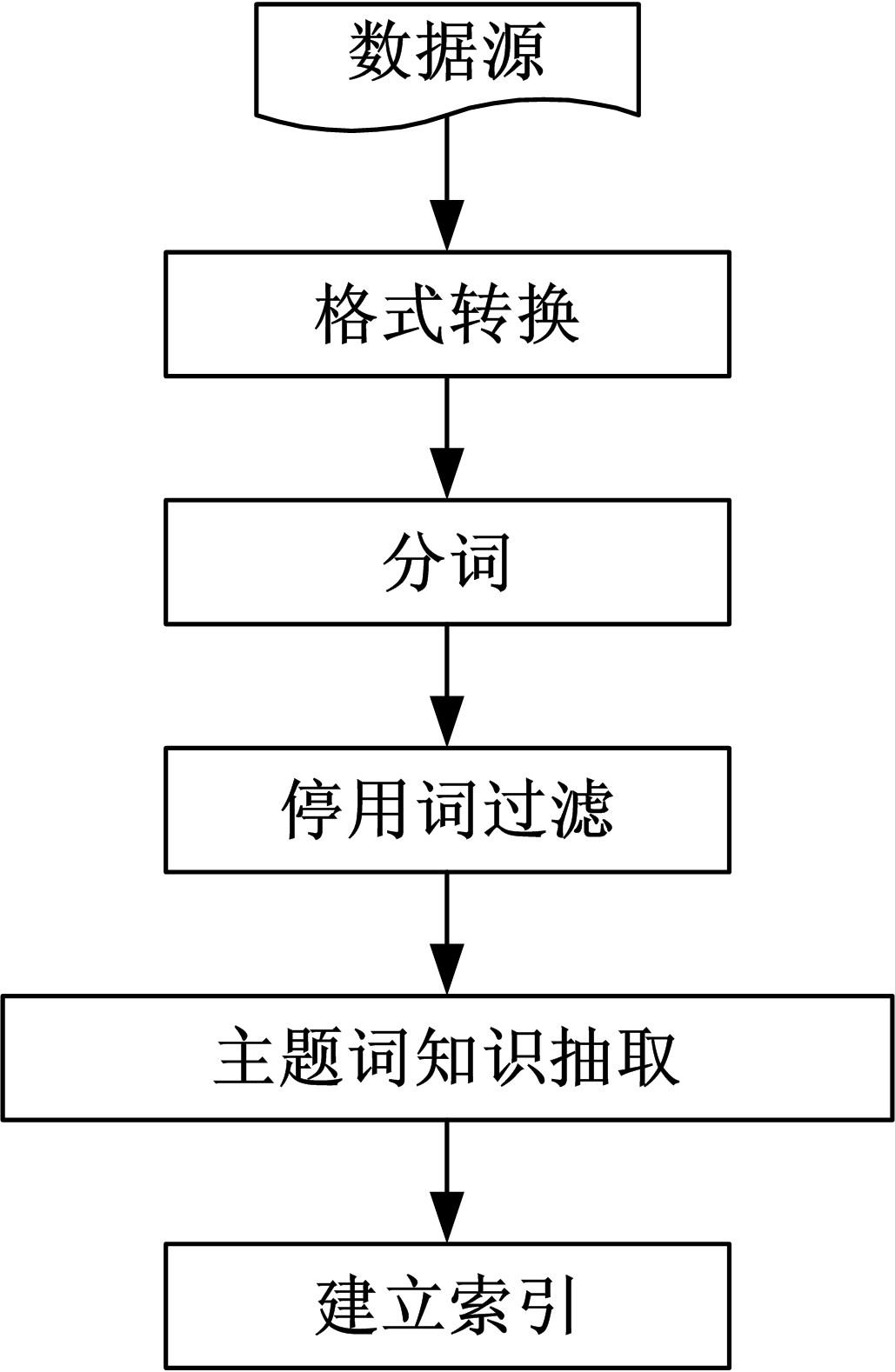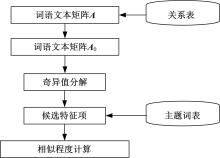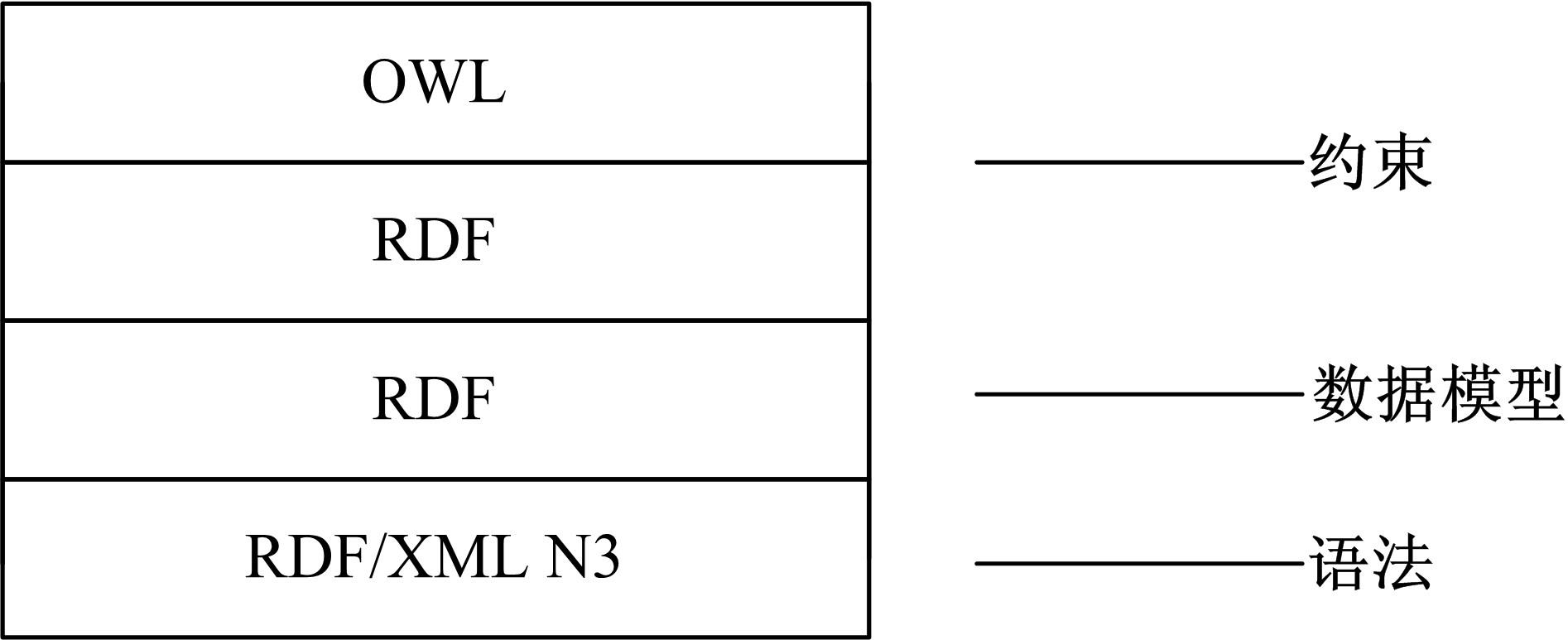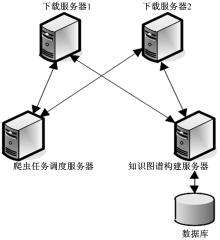Journal of Jilin University(Engineering and Technology Edition) ›› 2021, Vol. 51 ›› Issue (4): 1358-1363.doi: 10.13229/j.cnki.jdxbgxb20200197
Automatic construction of knowledge graph based on massive text data
Xiao-long ZHU1,2( ),Zhong XIE1(
),Zhong XIE1( )
)
- 1.School of Geography and Information Engineering,China University of Geosciences,Wuhan 430074,China
2.College of Geoscience,Yangtze University,Wuhan 430100,China
CLC Number:
- TP311
| 1 | 吴雪峰, 赵志凯, 王莉, 等. 煤矿巷道支护领域知识图谱构建[J]. 工矿自动化, 2019, 45(6): 42-46. |
| Wu Xue-feng, Zhao Zhi-kai, Wang Li, et al. Construction of knowledge graph of coal mine roadway support field[J]. Industry and Mine Automation, 2019, 45(6): 42-46. | |
| 2 | 陈亚东, 鲜国建, 寇远涛, 等. 我国苹果产业知识图谱构建研究[J]. 中国农业资源与区划, 2017, 38(11):40-45. |
| Chen Ya-dong, Xian Guo-jian, Kou Yuan-tao. et al. Study on construction of knowledge graph of apple industry in China[J]. Chinese Journal of Agricultural Resources and Regional Planning, 2017, 38(11):40-45. | |
| 3 | 段鹏飞, 王远, 熊盛武, 等. 基于空间投影和关系路径的地理知识图谱表示学习[J]. 中文信息学报, 2018, 32(3): 26-33. |
| Duan Peng-fei, Wang Yuan, Xiong Sheng-wu, et al. Space projection and relation path based representation learning for construction of geography knowledge graph[J]. Journal of Chinese Information Processing, 2018, 32(3): 26-33. | |
| 4 | 孙昊天, 杨良斌. 基于带权三元闭包的知识图谱的构建方法研究[J]. 情报杂志, 2019, 38(6):168-173. |
| Sun Hao-tian, Yang Liang-bin. Research on the construction method of knowledge graph based on weighted triadic closure[J]. Journal of Intelligence, 2019, 38(6):168-173. | |
| 5 | 王坤, 谢振平, 陈梅婕. 基于图约简的知识联想关系网络建模[J]. 智能系统学报, 2019, 14(4):679-688. |
| Wang Kun, Xie Zhen-ping, Chen Mei-jie. Modeling knowledge network on associative relations based on graph reduction[J]. CAAI Transactions on Intelligent Systems, 2019, 14(4):679-688. | |
| 6 | 张仲伟, 曹雷, 陈希亮, 等. 基于神经网络的知识推理研究综述[J]. 计算机工程与应用, 2019, 55(12):8-19. |
| Zhang Zhong-wei, Cao Lei, Chen Xi-liang, et al. Survey of knowledge reasoning based on neural network[J]. Computer Engineering and Applications, 2019, 55(12):8-19. | |
| 7 | 余传明, 王峰, 安璐. 基于深度学习的领域知识对齐模型研究:知识图谱视角[J]. 情报学报, 2019, 38(6):641-654. |
| Yu Chuan-ming, Wang Feng, An Lu. Research on the domain knowledge alignment model based on deep learning: the knowledge graph perspective[J]. Journal of the China Society for Scientific and Technical Information, 2019, 38(6):641-654. | |
| 8 | 陈国龙, 於志勇, 马飞翔, 等. 基于知识图谱的文本观点检索方法[J]. 山东大学学报:理学版, 2016, 51(11): 33-40. |
| Chen Guo-long, Yu Zhi-yong, Ma Fei-xiang, et al. A text opinion retrieval method based on knowledge graph[J]. Journal of Shandong University (Natural Science), 2016, 51(11): 33-40. | |
| 9 | 长青, 王鼎, 徐立丽, 等. 国内区域创新理论热点演进及前沿趋势研究——基于知识图谱视角[J]. 科技管理研究, 2016, 36(18):81-86. |
| Chang Qing, Wang Ding, Xu Li-li, et al. Study of hotspots evaluation and frontier trends of regional innovation theory in china—based on knowledge mapping domain[J]. Science and Technology Management Research, 2016, 36(18):81-86. | |
| 10 | 丁连红, 孙斌, 时鹏. 知识图谱复杂网络特性的实证研究与分析[J]. 物理学报, 2019, 68(12): 318-332. |
| Ding Lian-hong, Sun Bin, Shi Peng. Empirical study of knowledge network based on complex network theory[J]. Acta Physica Sinica, 2019, 68(12): 318-332. | |
| 11 | 孟小冬. 大数据背景下链路网络敏感数据防窃取方法[J]. 西安工程大学学报, 2019, 32(2):212-217. |
| Meng Xiao-dong. Anti-theft method of sensitive data in link network in large data background[J]. Journal of Xi'an Polytechnic University, 2019, 32(2):212-217. |
| [1] | Tao XU,Ke MA,Cai-hua LIU. Multi object pedestrian tracking based on deep learning [J]. Journal of Jilin University(Engineering and Technology Edition), 2021, 51(1): 27-38. |
| [2] | Yi-bin LI,Jia-min GUO,Qin ZHANG. Methods and technologies of human gait recognition [J]. Journal of Jilin University(Engineering and Technology Edition), 2020, 50(1): 1-18. |
| [3] | GENG Qing-tian, YU Fan-hua, WANG Yu-ting, GAO Qi-kun. New algorithm for vehicle type detection based on feature fusion [J]. 吉林大学学报(工学版), 2018, 48(3): 929-935. |
| [4] | DONG Qiang, LIU Jing-hong, ZHOU Qian-fei. Improved SURF algorithm used in image mosaic [J]. 吉林大学学报(工学版), 2017, 47(5): 1644-1652. |
| [5] | YIN Ming, ZHAN Yin-wei, PEI Hai-long. Co-sparse analysis operator learning for image fusion [J]. 吉林大学学报(工学版), 2016, 46(6): 2052-2058. |
| [6] | XIAO Zhong-jie. Recognition of digital image based on wavelet space feature spectrum entropy [J]. 吉林大学学报(工学版), 2015, 45(6): 1994-1998. |
| [7] | LIU Hong,SUN Shuang-zi,WANG Qing-yuan,LI Yan-zhong. PSO based feature extraction method for analog circuit fault information [J]. 吉林大学学报(工学版), 2015, 45(2): 675-680. |
| [8] | PAN Hai-yang, LIU Shun-an, YAO Yong-ming. Depth information-basd autonomous aerial refueling [J]. 吉林大学学报(工学版), 2014, 44(6): 1750-1756. |
| [9] | GU Bo-yu,SUN Jun-xi,LI Hong-zuo,LIU Hong-xi,LIU Guang-wen. Face recognition based on eigen weighted modular two-directional two-dimensional PCA [J]. 吉林大学学报(工学版), 2014, 44(3): 828-833. |
| [10] | WANG Zhuo-zheng, JIA Ke-bin. Application of matrix completion and principal component analysis to corrupted image registration [J]. 吉林大学学报(工学版), 2013, 43(增刊1): 78-83. |
| [11] | SHI Dong-cheng, ZHENG Chao. Eye states detection algorithm based on phase information [J]. 吉林大学学报(工学版), 2013, 43(增刊1): 265-269. |
| [12] | ZHAO Hong-wei, CHEN Xiao, LONG Man-li, PEI Shi-hui. Image edge detection based on Riesz transformation [J]. 吉林大学学报(工学版), 2013, 43(增刊1): 133-137. |
| [13] | ZHANG Xu, GUO Bao-long, MENG Fan-jie, SUN Wei. Image retrieval based on IPDSH and region division [J]. 吉林大学学报(工学版), 2013, 43(05): 1408-1414. |
| [14] | LIU Shao-gang, GUO Yun-long, JIA He-ming. Rescue robot simultaneous localization and mapping based on extraction and matching of line features [J]. 吉林大学学报(工学版), 2013, 43(04): 1035-1044. |
| [15] | DAI Jin-bo, XIAO Xiao, ZHAO Hong-wei. Human face recognition based on low resolution local binary pattern [J]. 吉林大学学报(工学版), 2013, 43(02): 435-438. |
|
||
